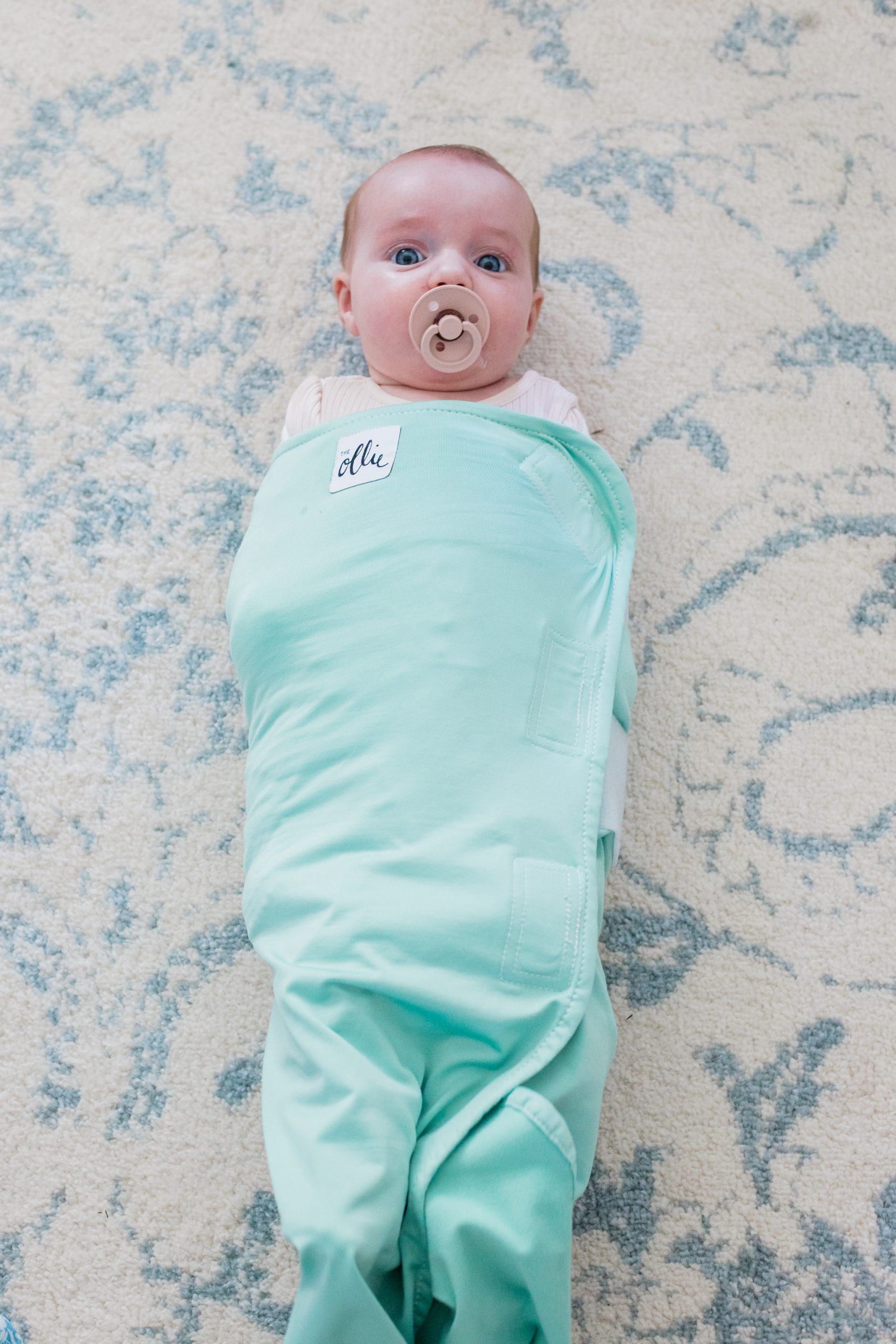If you’re like most pregnant women, as your belly increases past the point of your seeing your toes you start to wonder—even fear—how you’re going to get that baby out with as little pain possible.
Every woman feels the pain of labor differently. As labor begins, you’ll feel contractions like waves of discomfort that come and go rhythmically. Each wave increases to a certain intensity and then decreases and disappears. Contractions usually last about 45-90 seconds. As labor progresses the contractions come closer together and the contractions last longer. What you need to know is that you can have a medication-free labor by using a range of pain reduction strategies.
Relaxing your muscles interrupts the spiraling process of pain and anxiety. Focusing on your breathing is helpful. Having a focal point or an image to focus on is something people do without thinking during a regular day; it’s a temporary shift away from the here and now that’s useful for decreasing pain. Rocking from side to side, or back and forth, can be comforting and many hospitals have rocking chairs and birthing balls at the ready. Standing or walking during labor can actually shorten your labor and reduce your pain; be sure to move around and even get upright, when moving through labor.
Here are 6 proven strategies to get you started.
-
Jaw Relaxation
Use the following steps to learn how to relax your jaw.
—Let your lower jaw drop slightly, as though you are starting a yawn.
—Keep your tongue at the bottom of your mouth.
—Let your lips get soft.
—Breathe slowly, evenly, and rhythmically, inhale, exhale, and rest.
—Allow yourself to stop forming words with your lips and stop thinking about words.
-
Massage
Massage is a great pain management technique in which your partner, provider, or support person uses his or her hands or a massage device to deeply rub your body in various places including your back, hands, legs, arms and feet. New studies show that touch and massage actually trigger the release of endorphins that provide natural pain relief.
-
Continuous Labor Support
Having continuous labor support, such as with a labor support person can help reassure you that your labor is progressing normally. Doulas are experienced labor support people who can provide a comforting touch and suggest positions or breathing techniques that will help you labor. They can offer support, help you get into a warm tub or shower, walk with you or provide massage. They can even help you interface with the hospital staff to ensure your desires for labor and birth are being met.
-
Water Immersion
Taking a warm tub bath or shower can be comforting during labor. The buoyancy of a tub has been proven to help you relax, feel more able to manage labor pain, and laboring in a birthing tub can even help your baby get into a better position for birth.
Additionally, laboring in water reduces your blood pressure, relaxing you and reducing stress. This in turn boosts oxygen flow to your baby. Studies show that women who begin labor in water are far less likely to use medications for pain, such as epidurals, and women who birth in water report some of the highest pain management satisfaction scores.
-
Hypnosis During Labor
If you’re thinking “mind over pain,” hypnosis may be a tool you want to try. HypnoBirth specifically refers to a method that involves childbirth preparation classes that teach you visualization and deep breathing to reach a targeted state, such as “conscious but controlled and tranquil.” Having a doula or other trained support person is helpful when using hypnosis in labor. The goal is to adjust your expectations and calm your anxiety and stress levels by suppressing the anticipation and fear that arise as the pain of labor intensifies. Hypnosis emphasizes feeling in control of your body.
-
Audioanalgesia
Audioanalgesia uses sound to affect how you experience pain. With this technique, you can use music, environmental sounds or white noise to increase relaxation and decrease pain perception. Because pain and music are experienced on the same neurological pathways, combining the experience of both is believed to reduce the effects of how you experience the pain. Research shows that audioanalgesia increases pain tolerance, can elevate your mood and can even cue you to breathe and move rhythmically.
,












